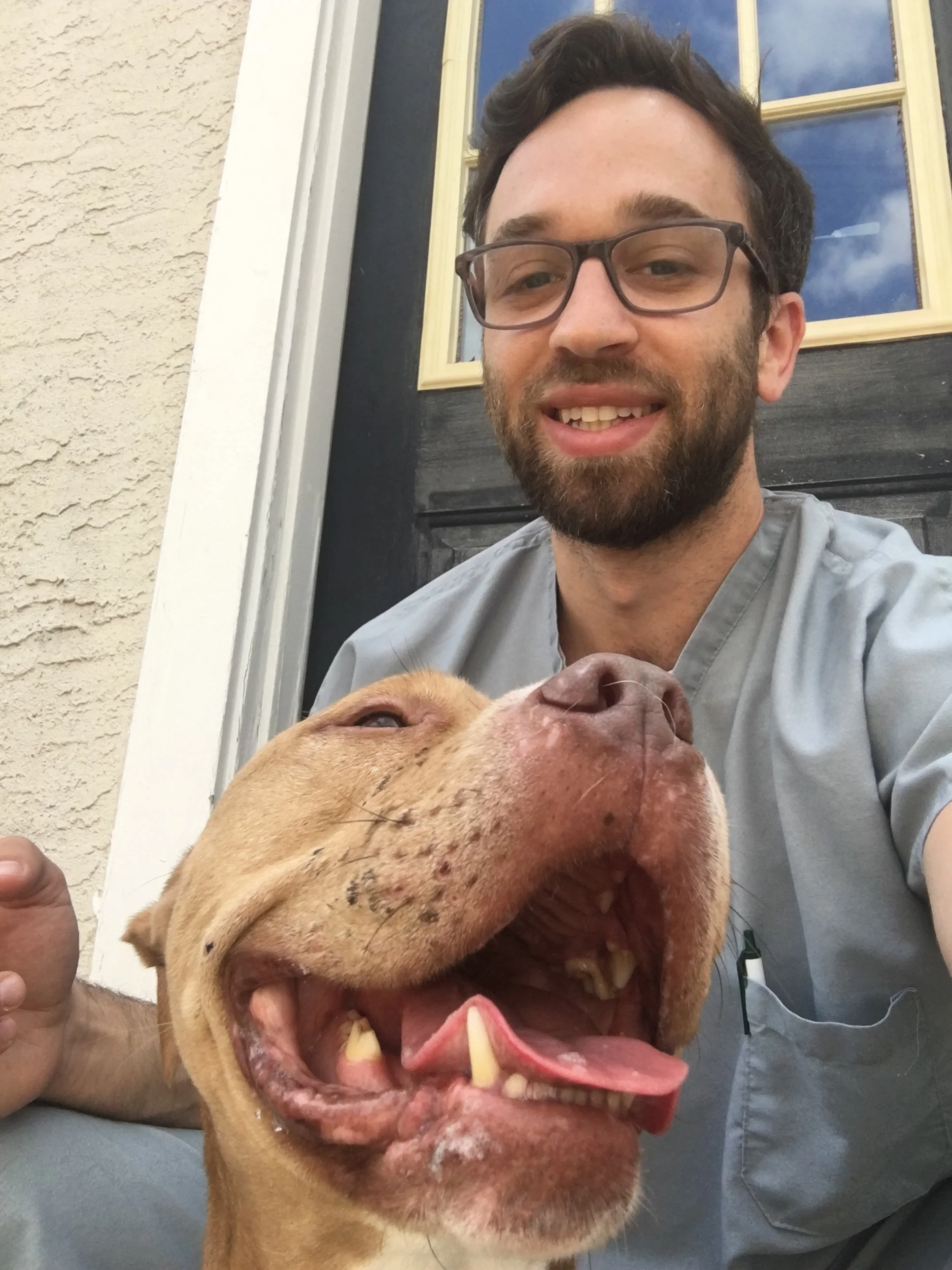There are 190 dog breeds recognized by the American Kennel Club (AKC) and hundreds more designer and exotic breeds all with unique health concerns. Before purchasing a new dog, ask your veterinarian which predisposing medical conditions you should be aware of.
The most popular AKC breed is the Labrador Retriever, a large breed dog known for, you guessed it, retrieving. Whether it’s retrieving game or playing frisbee, this breed has an abundance of energy, is loyal, and great with children. Labs are predisposed to a multitude of health ailments including hip and elbow dysplasia, eye conditions, and exercise induced collapse (EIC). Fortunately there are surgical treatments to treat hip and elbow dysplasia, ophthamologist evaluations can diagnose ocular disease, and specific genetic tests are available to determine predispositions for EIC.
Bulldogs, french bulldogs, and other brachycephalic (smoosh-faced) dog breeds are predisposed to overheating, especially in warm climates. This group of dogs have a short soft palate and a small nose making it difficult for them to pant efficiently and thus release heat from their body. While these dogs are generally well mannered and adorable this breed does better in moderate climates. There are surgical options available to open up the airway and nostrils to improve brachycephalic dogs ability to breath.
The dachshund, short legged and long bodied, was originally bred to flush burrowing animals out of underground holes. With bold and lively personalities and weighing in around 20 pounds, some would say they suffer from the Napoleon complex. Their small stature predisposes them to back problems, specifically disc herniations, that can occur at a young age. This condition can lead to paralysis of the hind limbs, front limbs or both. If this occurs, an experienced surgeon is usually able to remove a disc impinging on a nerve, however even the most best surgeons can’t repair every injury. New techniques are being developed to remove a portion of each disc thus preventing disc herniation in dachshunds.
Another common and affectionate breed is the Cavalier King Charles Spaniel. Historically a lap dog, these dogs originated from England in the 18th century. While they are crowd pleasers they are predisposed a multitude of serious medical conditions including heart disease and ear infections. A genetic mutation in Cavaliers can lead to mitral valve heart disease and heart failure at a young age. Visiting your family veterinarian on a regular basis to auscultate your dog's heart will go a long way in diagnosing heart disease. If there is suspicion of heart disease following up with a veterinary cardiologist to perform an echocardiogram will further characterize any heart abnormalities. Regular ear cleanings will help to prevent waxy build up and thus ear infections. You should also trim the hair from the inside of their ears and make sure to dry them completely after swimming or a bath.
As you can see each breed described as well as others have very specific predisposing health conditions. Prior to adding a dog to your family, it’s always best to speak with your veterinarian about your lifestyle and your goals of owning a dog.
Dr. Pete Lands is the Director of Emergency and Critical Care at Saint Francis Veterinary Center. In his time off he enjoys traveling, jogging, and gardening. He can be followed on instagram @petevet, his website petespetfacts.com, and emailed at petespetfacts@gmail.com.















